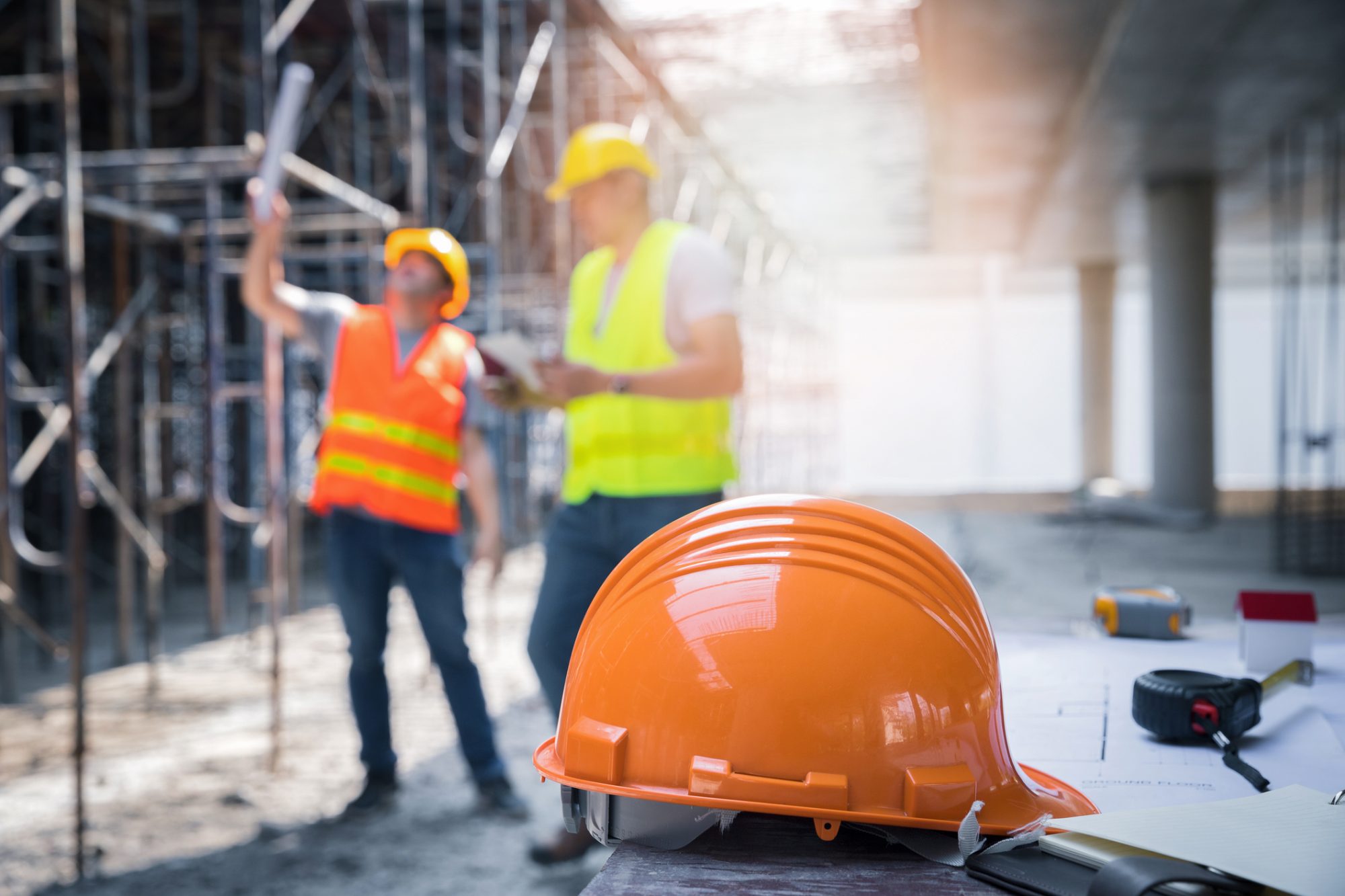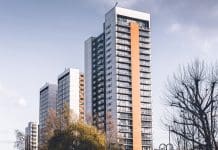As of October 1, 2023, new regulations regarding Building Safety Act 2022 will come into effect
One of the Building Safety Act‘s main goals is to stop structural failures and fires by ensuring regular and effective risk assessments for higher-risk buildings through building safety regulations.
In England, these buildings are defined as those with at least two residential units and are at least 18 meters tall or seven storeys high.
The deadline for occupied higher-risk buildings to adhere to the updated Building Safety Act closes on October 1, 2023. Failure to register by this date is considered an offense and could lead to fines or imprisonment.
The BSR has to approve all new high-rise buildings
Before any work begins on new higher-risk buildings, developers must submit design applications to the Building Safety Regulator (BSR) for approval.
These applications should show compliance with building regulations, change control management, and assistance for duty holders, including competence requirements and the ‘golden thread’ of information. Developers will be subject to ongoing site inspections.
Starting from October 1, 2023, all new higher-risk buildings must be registered with the BSR before units can be occupied.
Registration occurs after the BSR issues a completion certificate following a thorough assessment of the building’s compliance with regulations.
From October 1, 2023, the Building Safety Regulator (BSR) will become the sole authority for higher-risk buildings in England, replacing local authorities.
New registration requirements for building inspectors and control approvers will be introduced, with a new emphasis on the Code of Conduct and Competence Framework.
If the new rules are not followed all residents of the buildings in question will be notified via a Policy Statement (EPS). The BSR will also work alongside the Residents’ Panel, Industry Competence Committee, and Building Advisory Committee.
The new Building Safety Act can protect developers
Duty holders must report any situations that could lead to serious injuries or fatalities to the BSR. Companies that report these concerns are safeguarded by whistle-blower protection, which stops them from facing criminal charges. Failing to fulfill this duty may lead to criminal charges.
The new Building Safety Act regulation requires clients to keep a record of their considerations when appointing designers and contractors. This includes checking their past conduct and any serious sanctions within the last five years.
Before starting any work, developers must apply for building control approval from the BSR, known as Gateway 2.
Companies will need to submit key documents such as competency declarations and compliance statements. If there are significant design changes, developers must notify the BSR through a change control notice.
“The Building Safety Act introduced far-reaching, unprecedented protections for leaseholders. The priority is to protect innocent leaseholders living in their own home from paying unfair costs to fix problems they did not cause,” said a spokesperson from the Department for Levelling Up, Housing and Communities.
“There are significant financial protections for leaseholders who own multiple properties: no leaseholder will ever pay to remove dangerous cladding from a building over 11m tall. We have created new legal tools to ensure building owners can make those responsible for dangerous products pay to have them removed,” they concluded.

















